Unlocking Performance: The Power of dehydrated mica in Industrial Applications
In the advanced materials sector, the demand for high-performance additives that enhance product integrity, durability, and functionality continues to surge. Dehydrated mica, also known as calcined mica, stands as a pivotal inorganic mineral with exceptional thermal, electrical, and mechanical properties. This specialized form of mica undergoes a meticulous heat treatment process that removes inherent moisture, significantly increasing its thermal stability and chemical inertness. This article delves into the critical aspects of Building Materials Dehydrated Mica Calcinated Mica For Welding / Painting / Rubber, outlining its manufacturing complexities, technical specifications, diverse applications, and the compelling advantages it offers to B2B stakeholders seeking superior material solutions. Our commitment to quality ensures that each batch meets stringent industry standards, providing reliable performance across a myriad of demanding environments, from high-temperature welding to robust painting and resilient rubber formulations.
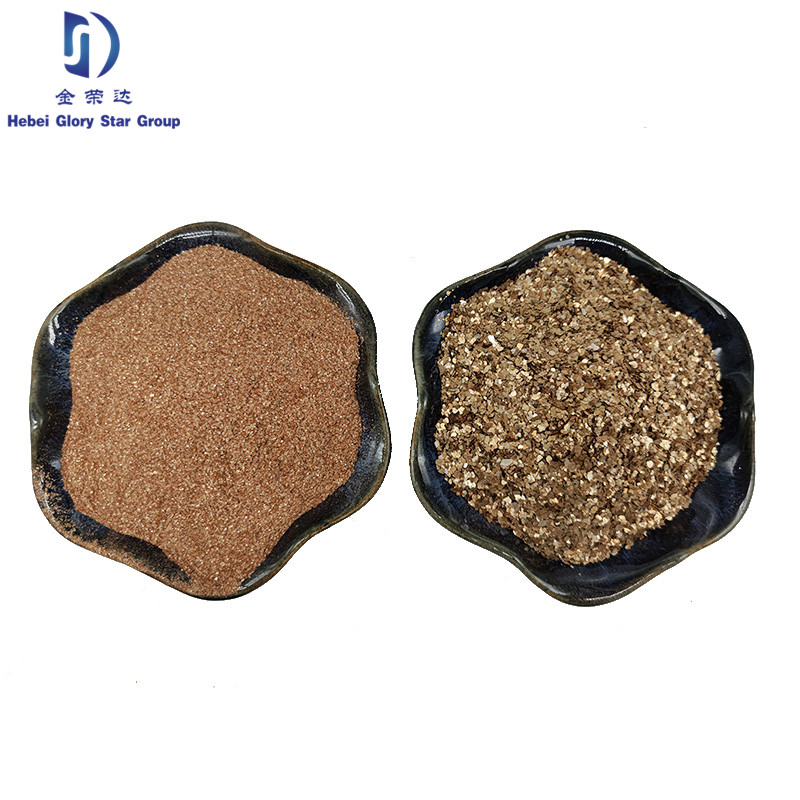
Understanding the Core: What is Dehydrated Mica?
Mica is a naturally occurring mineral group renowned for its layered structure and excellent cleavage. While raw mica, often found as mica in sand deposits or larger lamellar sheets, possesses inherent insulative properties, its performance in high-temperature or moisture-sensitive applications can be limited by its bound water content. Dehydrated mica is produced through a precise calcination process, where raw mica flakes are heated to temperatures typically exceeding 800°C (1472°F). This thermal treatment drives off the structural hydroxyl groups, transforming the mineral into an anhydrous form. The resulting material exhibits significantly enhanced thermal stability, chemical inertness, and dielectric strength, making it ideal for applications demanding resistance to extreme conditions. This transformation is crucial for industries where dimensional stability and performance consistency under thermal stress are paramount, such as in specialized welding consumables or high-performance industrial coatings.
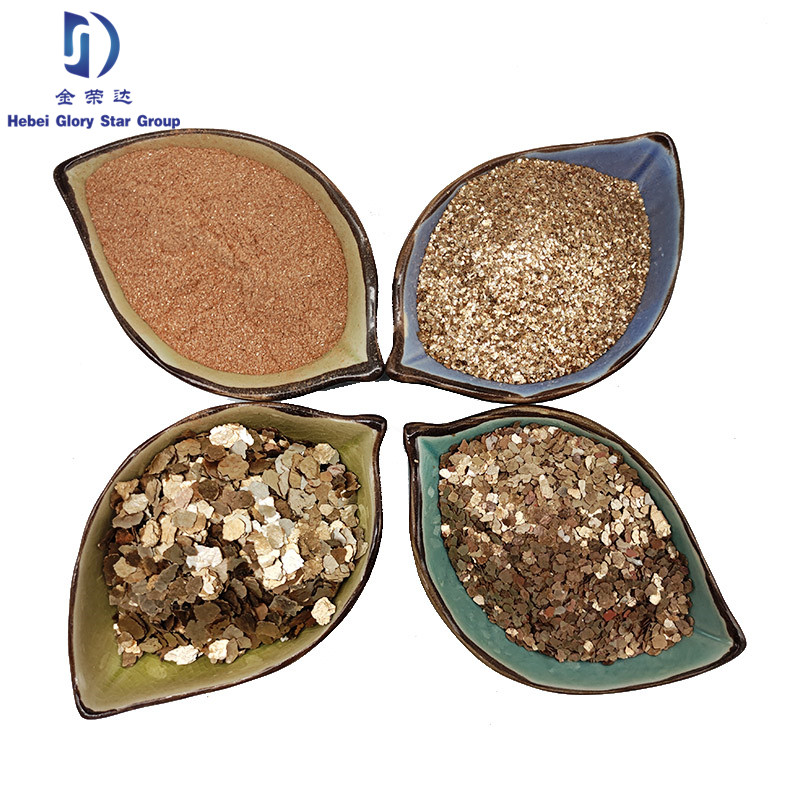
Manufacturing Process: From Raw Material to Refined Product
The production of high-quality dehydrated mica involves a sophisticated multi-stage process designed to ensure purity and consistency. It begins with the careful selection of raw mica ore, often phlogopite or muscovite, which is then crushed and delaminated into fine flakes. These flakes undergo a rigorous cleaning process to remove impurities. The core of the manufacturing is calcination, performed in rotary kilns or static furnaces at controlled temperatures (e.g., 850°C to 1000°C) for specific durations to achieve complete dehydration without altering the fundamental crystal structure. Post-calcination, the material is meticulously ground using advanced milling technologies to achieve desired particle size distributions, ranging from coarse flakes to ultrafine powders, crucial for specific applications. Subsequent classification steps, including air separation and sieving, ensure precise particle sizing and removal of oversized or undersized particles. Throughout this process, strict quality control measures, adhering to international standards like ISO 9001 and relevant ANSI specifications, are implemented to monitor parameters such as moisture content, loss on ignition, specific gravity, and color. This meticulous approach guarantees a product with exceptional durability and a long service life, typically exceeding 20 years in stable conditions, making it suitable for demanding sectors such as petrochemical, metallurgy, and water treatment where corrosion resistance and thermal stability are critical.
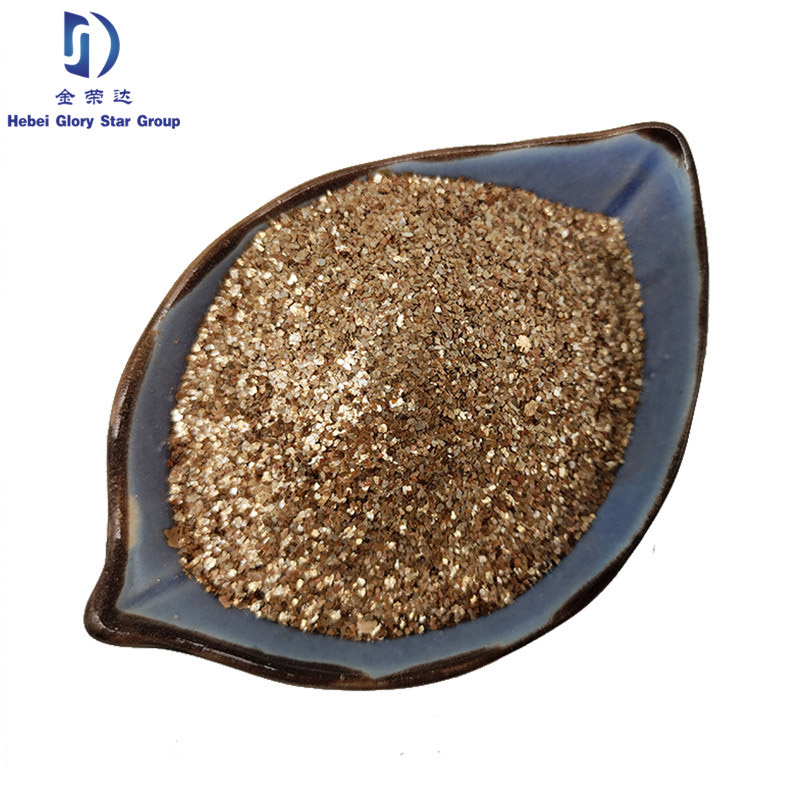
Technical Specifications and Performance Parameters
The performance of dehydrated mica in various industrial formulations is directly linked to its precise technical specifications. These parameters are critical for engineers and formulators to ensure optimal material selection and application success. Key characteristics include high thermal resistance, typically up to 1200°C for phlogopite, excellent dielectric strength for electrical insulation, and superior chemical inertness, making it resistant to most acids, alkalis, and solvents. Its lamellar structure provides reinforcement and barrier properties, while its low thermal conductivity contributes to insulation. Below is a table summarizing typical parameters for high-grade Building Materials Dehydrated Mica:
| Parameter | Typical Value/Range | Test Standard |
|---|---|---|
| Specific Gravity | 2.8 - 3.2 g/cm³ | ASTM D792 |
| Bulk Density | 0.15 - 0.70 g/cm³ (grade dependent) | ASTM D1895 |
| Loss on Ignition (LOI) | ASTM C114 | |
| Moisture Content | ASTM D280 | |
| pH (10% aqueous suspension) | 7.0 - 9.0 | ASTM E70 |
| Hardness (Mohs) | 2.8 - 3.2 | Industry Standard |
| Thermal Stability | Up to 1200°C (Phlogopite) | Internal Testing |
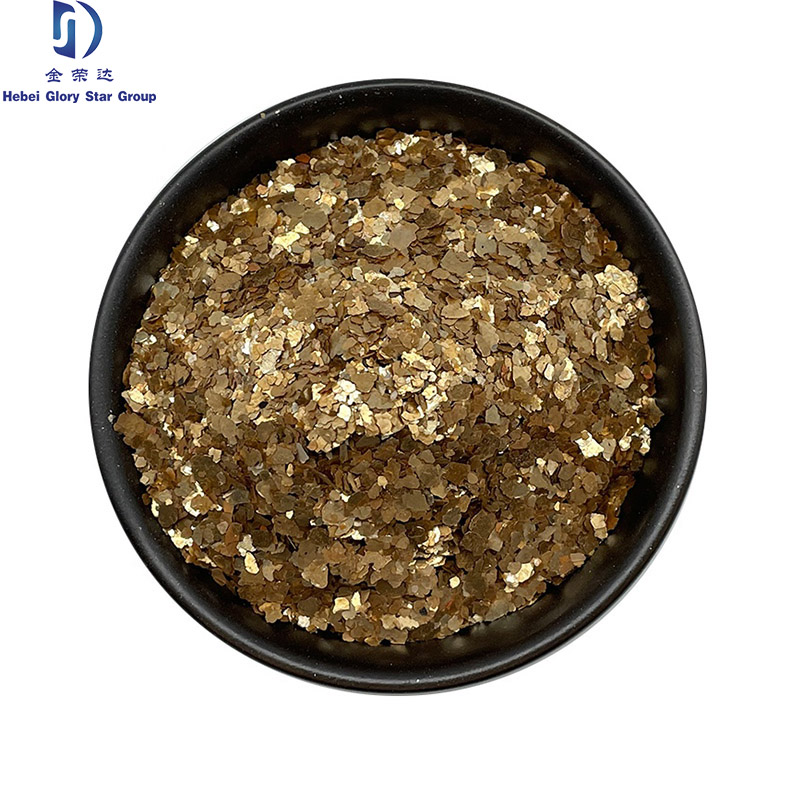
Key Applications and Industry Versatility
The unique properties of dehydrated mica position it as an indispensable material across a broad spectrum of industries. In the welding sector, it serves as a critical component in welding electrodes, providing excellent arc stability, slag control, and improved weld metal properties due to its high melting point and insulating nature. For paints and coatings, it acts as a functional filler, enhancing film integrity, crack resistance, weatherability, and UV stability. Its lamellar structure creates a barrier effect, improving corrosion resistance and reducing permeability to moisture and gases, thereby extending the lifespan of applied coatings in aggressive environments. In the rubber industry, dehydrated mica improves tear strength, dimensional stability, and acts as a mold release agent. Beyond these primary applications, it finds use in plastics for reinforcing and insulating properties, in friction products for heat dissipation, and in specialized building materials for fire resistance and insulation. This versatility underscores its value as a multi-functional additive for enhancing product performance.
Advantages of Opting for Building Materials Dehydrated Mica
Choosing Building Materials Dehydrated Mica offers distinct advantages that translate into superior product performance and cost efficiencies for manufacturers. Firstly, its exceptional thermal stability ensures integrity under extreme heat, critical for applications like high-temperature coatings or refractory materials. Secondly, its chemical inertness provides robust corrosion protection, significantly extending the life of assets in harsh chemical environments, leading to considerable maintenance savings. Thirdly, as an effective electrical insulator, dehydrated mica enhances safety and performance in electrical components and insulation materials. Furthermore, its unique plate-like particle morphology improves mechanical properties such as tensile strength and flexural modulus when incorporated into polymers and composites, while also reducing shrinkage and warping. The barrier effect it creates also contributes to energy efficiency in insulating applications and acts as a flame retardant filler, enhancing safety profiles. Its consistent quality and performance data, backed by rigorous testing, instill confidence and predictability in manufacturing processes.
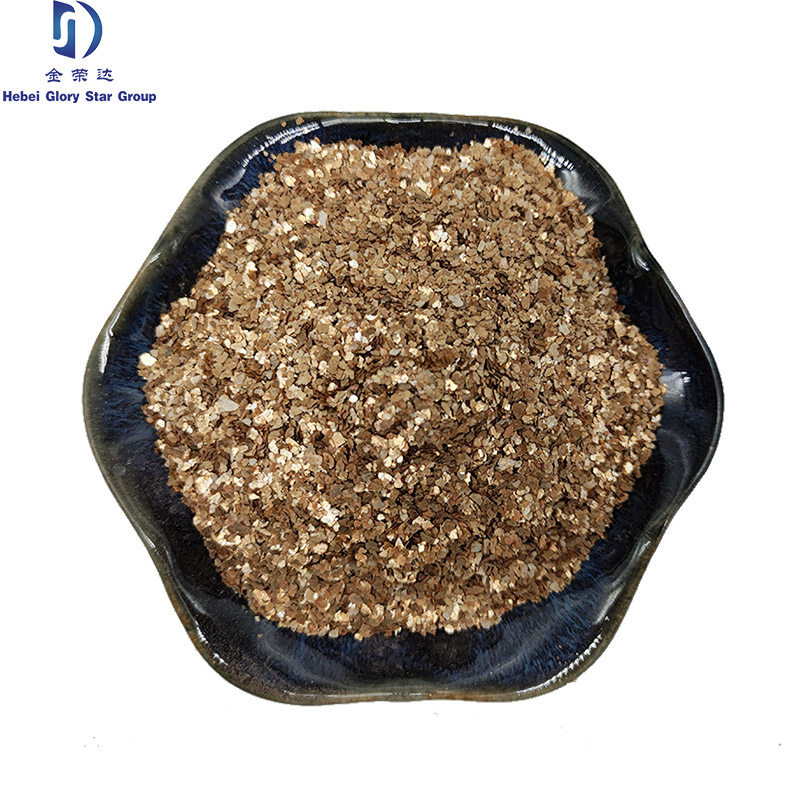
Comparative Analysis: Why Choose Our Dehydrated Mica?
While various mica products exist in the market, our Building Materials Dehydrated Mica distinguishes itself through superior processing, consistent quality, and tailored solutions. Unlike conventionally processed mica, our dehydrated mica undergoes a precisely controlled calcination process that guarantees minimal loss on ignition and unparalleled thermal stability, surpassing that of general uncalcined mica grades which may contain residual moisture leading to blistering or performance degradation at high temperatures. We maintain stringent particle size distribution controls, offering various grades (e.g., 20 mesh to 325 mesh, or finer micronized powders) to meet specific application requirements for different industries like welding rod manufacturers or specialty paint formulators. Our product’s purity, low heavy metal content, and superior whiteness also make it a preferred choice for sensitive applications where discoloration or contamination is a concern. Backed by decades of industry experience and an unwavering commitment to research and development, we provide not just a product, but a reliable solution optimized for your specific needs, fostering long-term partnerships and superior end-product quality.
Customization and Tailored Solutions
Recognizing that diverse industrial applications demand specific material characteristics, we offer comprehensive customization services for our dehydrated mica products. Clients can specify desired particle size ranges, from coarse flakes for textured coatings to micronized powders for advanced composites, ensuring optimal dispersion and performance in their formulations. We also provide variations in aspect ratio to influence mechanical reinforcement and barrier properties. Beyond standard specifications, we collaborate closely with our B2B partners to develop bespoke solutions, including surface treatments to enhance compatibility with specific polymer matrices or specialized purity grades for highly sensitive electronic or medical applications. Our technical team is equipped to provide expert consultation, assisting in the selection and optimization of dehydrated mica grades to meet unique performance criteria and process requirements, ensuring seamless integration and superior outcomes for your innovative projects.
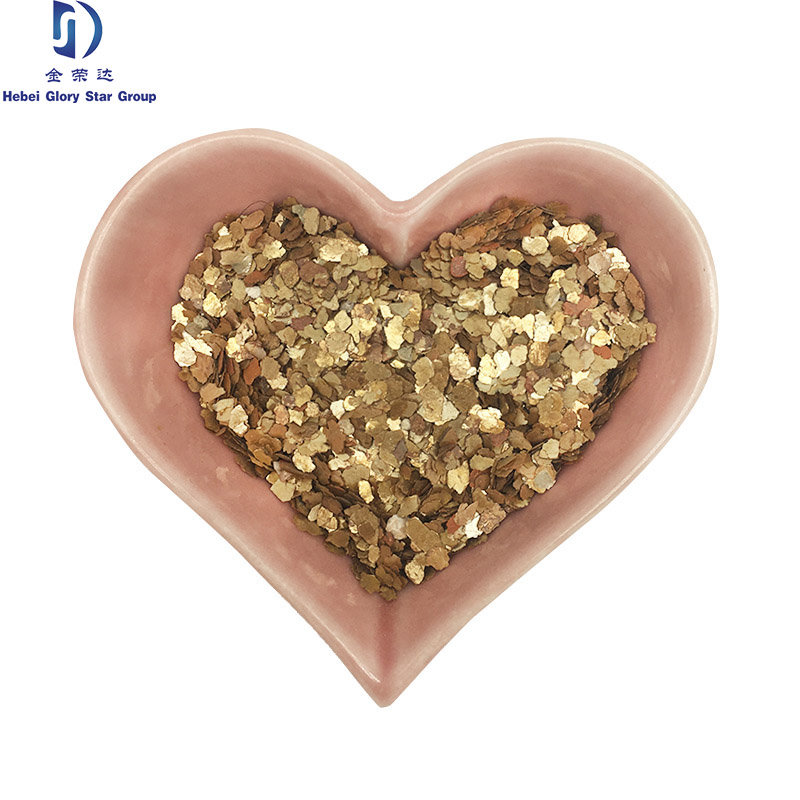
Real-World Applications and Case Studies
The practical effectiveness of our Building Materials Dehydrated Mica is best illustrated through its successful deployment in various demanding environments. For instance, a major European manufacturer of arc welding electrodes integrated our dehydrated mica into their flux coatings, reporting a 15% improvement in arc stability and a significant reduction in spatter, directly leading to enhanced weld quality and operational efficiency. In another case, a prominent Asian paint producer utilized our fine-grade dehydrated mica in their marine coatings, which demonstrated a 20% increase in salt spray resistance and superior UV protection compared to previous formulations, extending the service life of maritime structures by years. Furthermore, an automotive rubber components supplier achieved an 18% improvement in the heat aging resistance of their sealing gaskets by incorporating our dehydrated mica, crucial for engine bay applications. These success stories underscore the tangible benefits and proven reliability of our product in enhancing the performance and longevity of critical industrial goods, reflecting our deep experience in diverse market segments.
Quality Assurance, Certifications, and Trustworthiness
Our commitment to delivering consistently high-quality dehydrated mica is underpinned by a robust quality management system. We adhere strictly to international standards such as ISO 9001 for quality management and ISO 14001 for environmental management, ensuring that our production processes are both efficient and sustainable. Each batch undergoes comprehensive laboratory testing, including particle size analysis, chemical composition verification, and thermal performance assessment, utilizing state-of-the-art analytical equipment. Our long-standing relationships with global partners and our extensive service tenure in the industry further attest to our authoritativeness and reliability. We provide Certificates of Analysis (CoA) with every shipment, detailing the specific technical parameters of the delivered product. Our rigorous testing protocols and transparent data presentation build trust with our clients, guaranteeing that they receive a product that meets their precise technical and performance requirements, every single time.
Frequently Asked Questions (FAQ)
Q: What is the primary difference between raw mica and dehydrated mica?
A: The primary difference lies in their water content. Raw mica contains structural water (hydroxyl groups) which can lead to off-gassing and instability at high temperatures. Dehydrated mica has undergone calcination to remove this bound water, significantly enhancing its thermal stability, dielectric strength, and chemical inertness for high-temperature applications.
Q: Can dehydrated mica be customized for specific particle sizes?
A: Yes, absolutely. We offer a wide range of particle sizes and can customize the product to meet precise specifications, from coarse flakes (e.g., 20 mesh) to ultrafine micronized powders (e.g., 325 mesh and finer), to ensure optimal performance in your particular application.
Q: What industries benefit most from using dehydrated mica?
A: Industries that require materials with high thermal stability, chemical resistance, and excellent electrical insulation properties benefit significantly. These include welding, paints and coatings, rubber manufacturing, plastics, friction materials, and specialized construction materials. Its properties enhance durability, performance, and safety.
Delivery, Warranty, and Customer Support
We are committed to seamless logistics and exceptional customer service. Our efficient supply chain ensures timely delivery of Building Materials Dehydrated Mica to clients worldwide, with flexible packaging options to meet specific requirements. We offer a comprehensive product warranty, guaranteeing that our dehydrated mica meets all agreed-upon specifications and quality standards upon arrival. Our dedicated customer support team provides prompt assistance for technical inquiries, order tracking, and any post-sales support, ensuring a smooth and satisfactory experience. From initial consultation to final delivery, we prioritize client satisfaction and long-term partnerships, building trust through reliable products and responsive service.
References
- Deer, W. A., Howie, R. A., & Zussman, J. (1992). An Introduction to the Rock-Forming Minerals (2nd ed.). Longman Scientific & Technical.
- Flinn, R. A., & Trojan, P. K. (1990). Engineering Materials and Their Applications (4th ed.). John Wiley & Sons.
- American Society for Testing and Materials (ASTM) Standards for Mica and Related Materials.
- Mindat.org. Mica Group Minerals: Properties and Uses.
Post time: Aug-15-2025
This is the first article


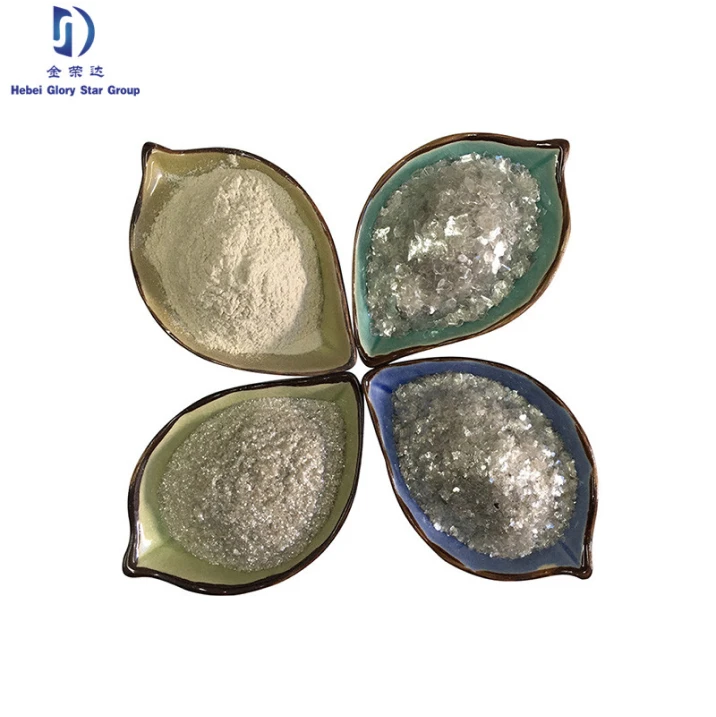
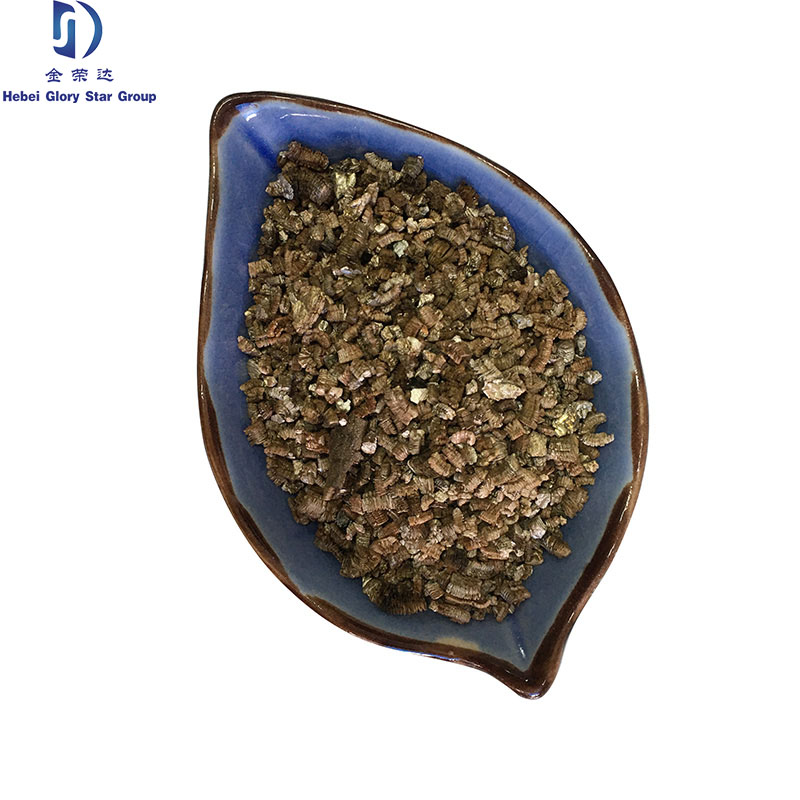
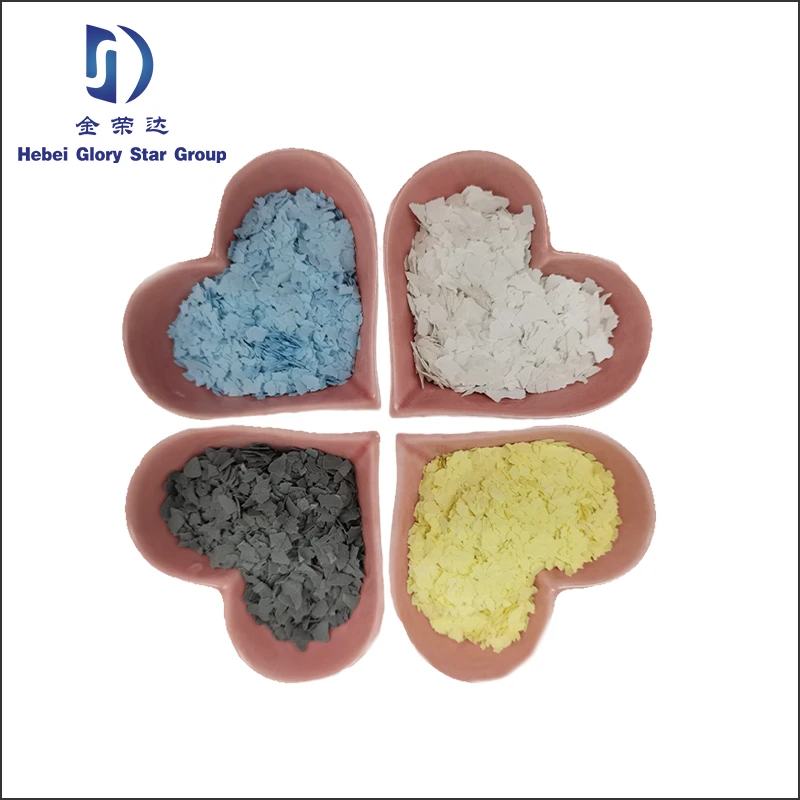
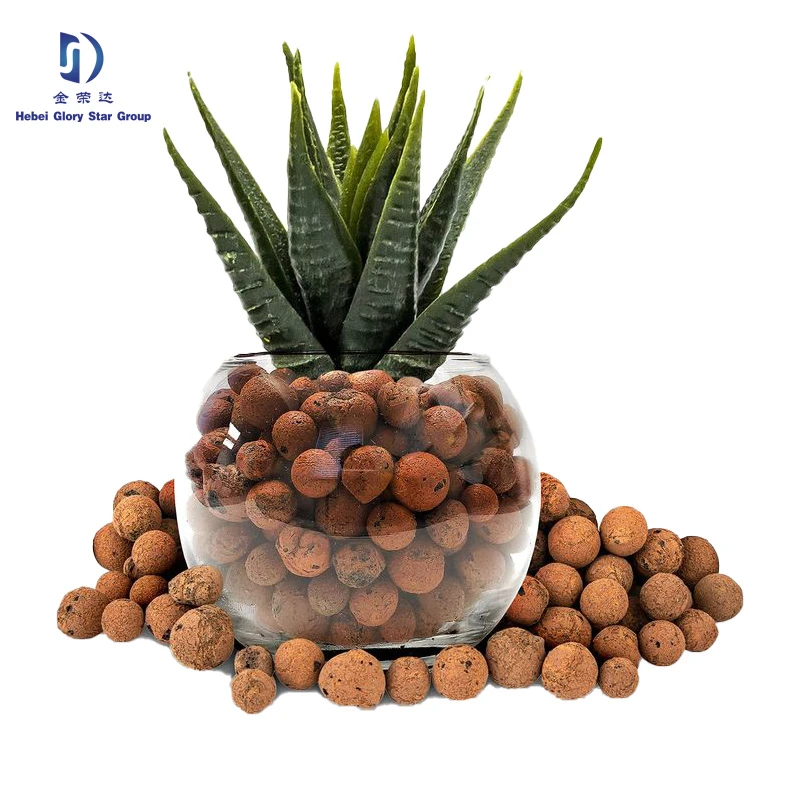
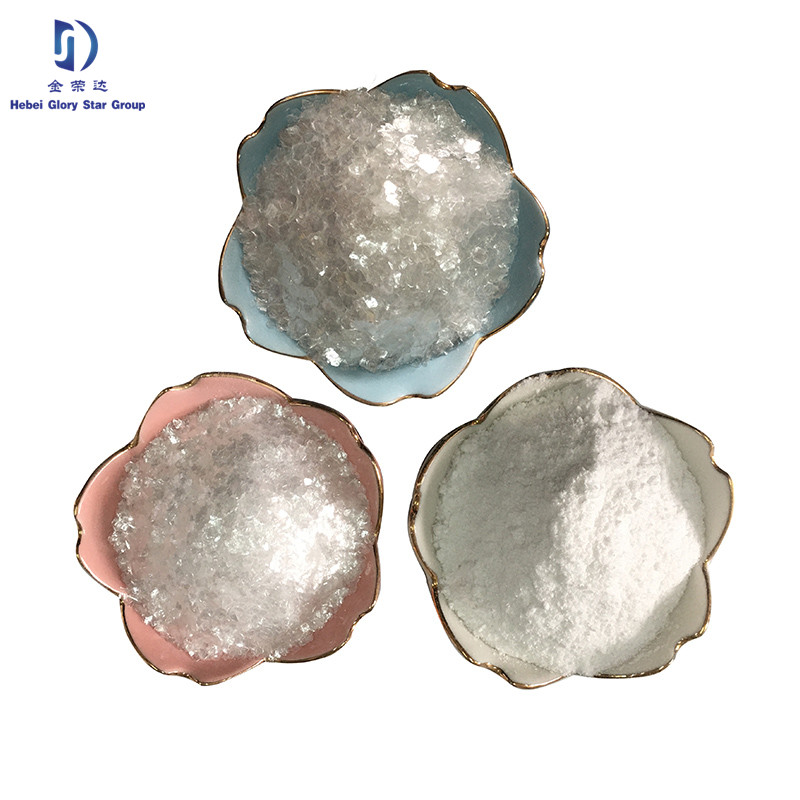
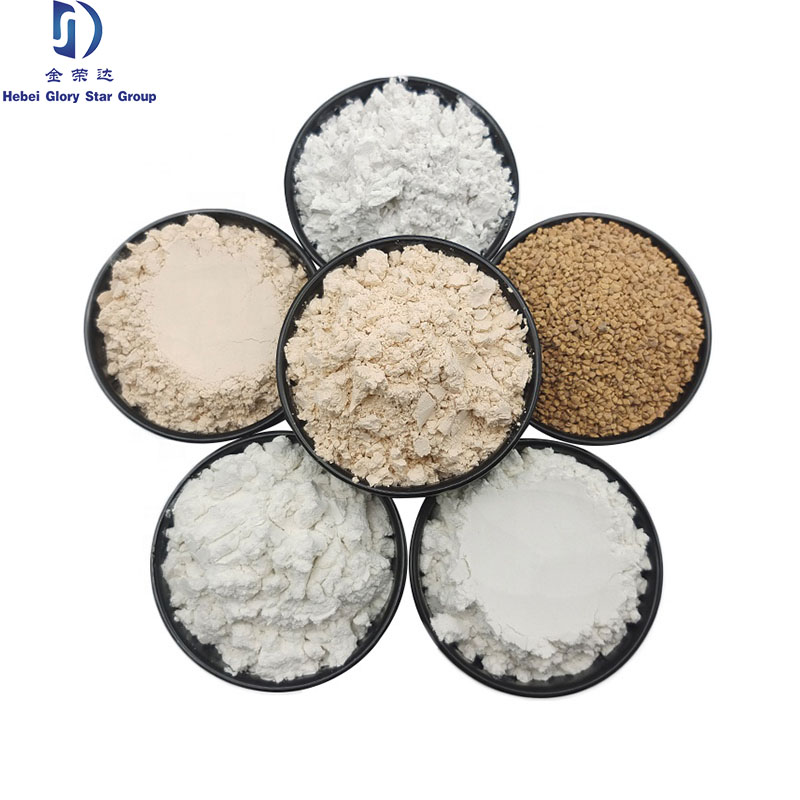
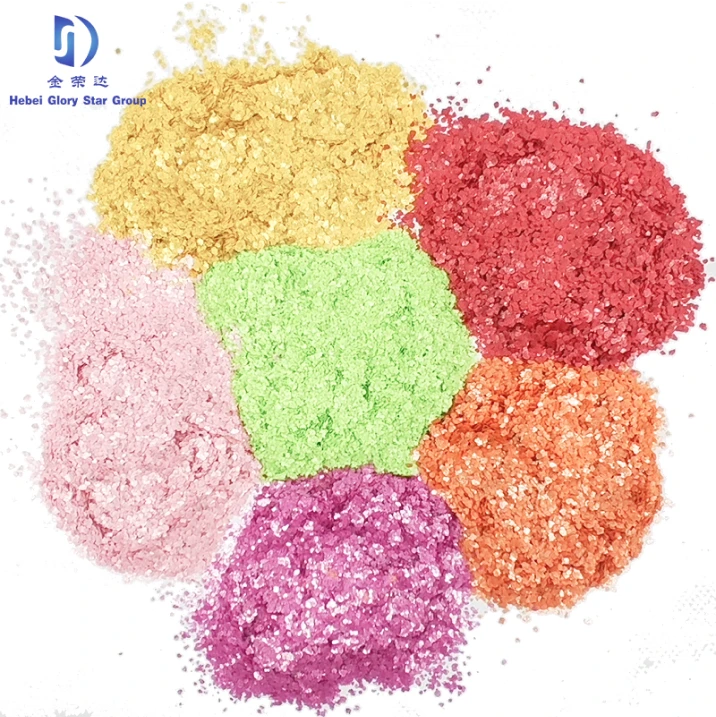
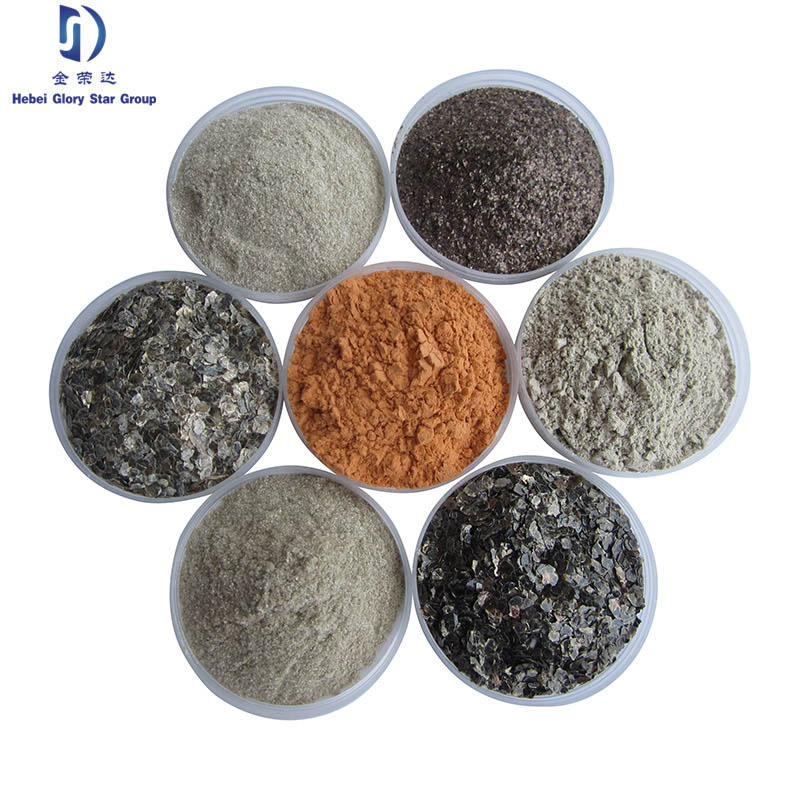
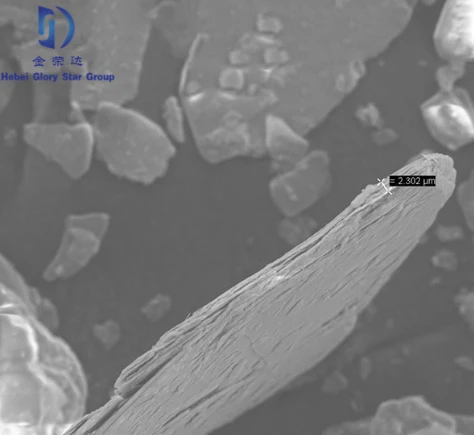
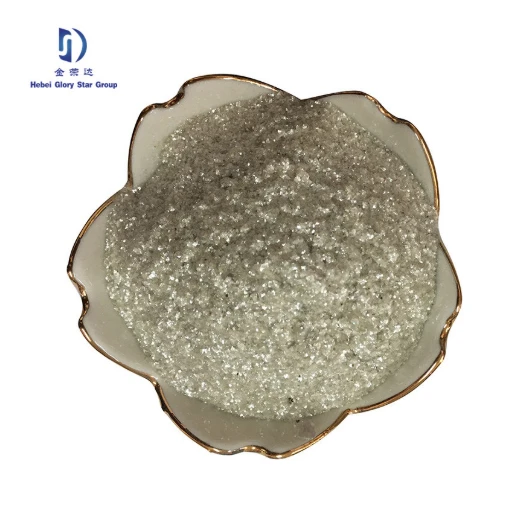
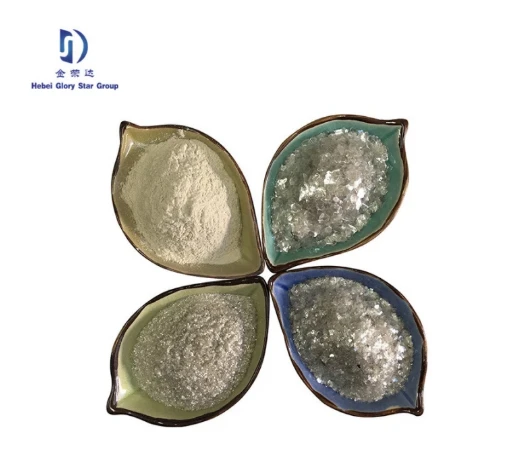
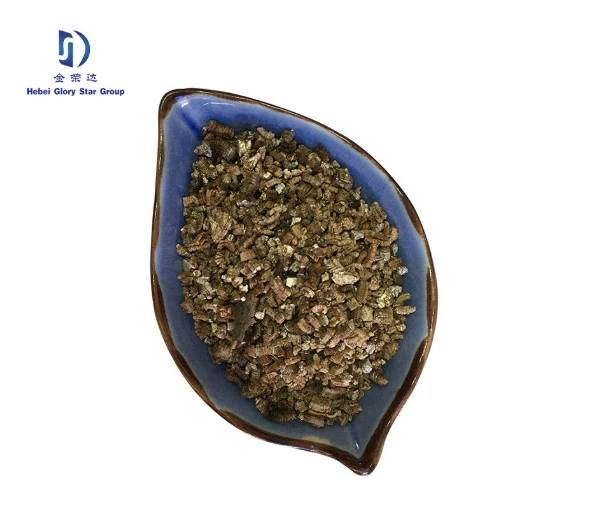
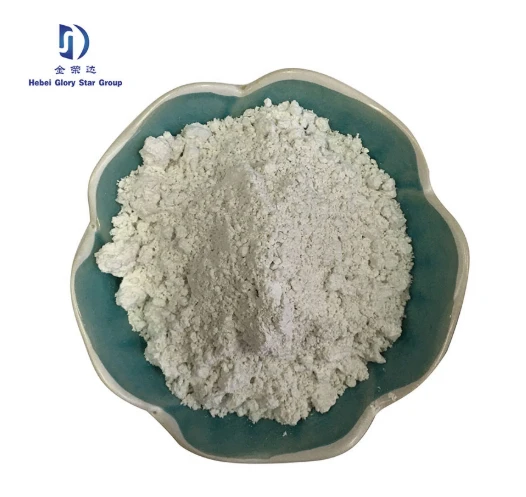
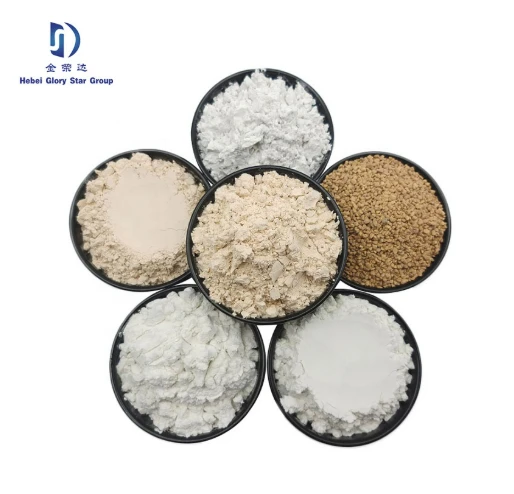
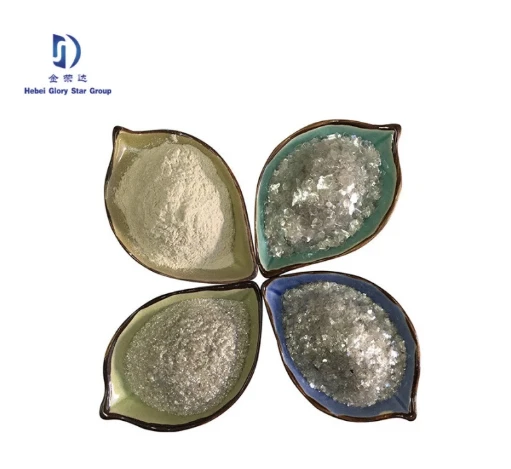
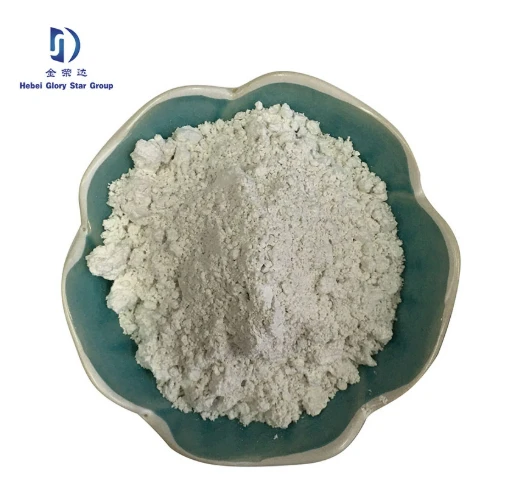
.png)









